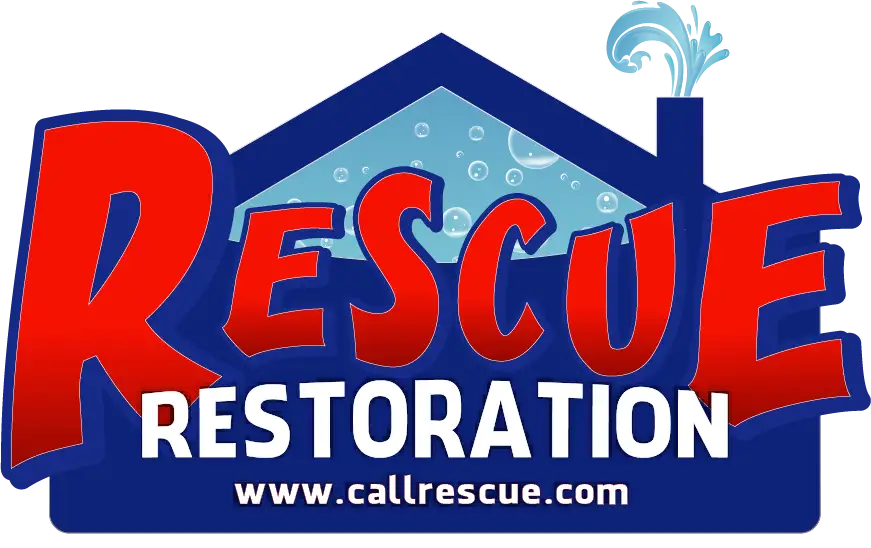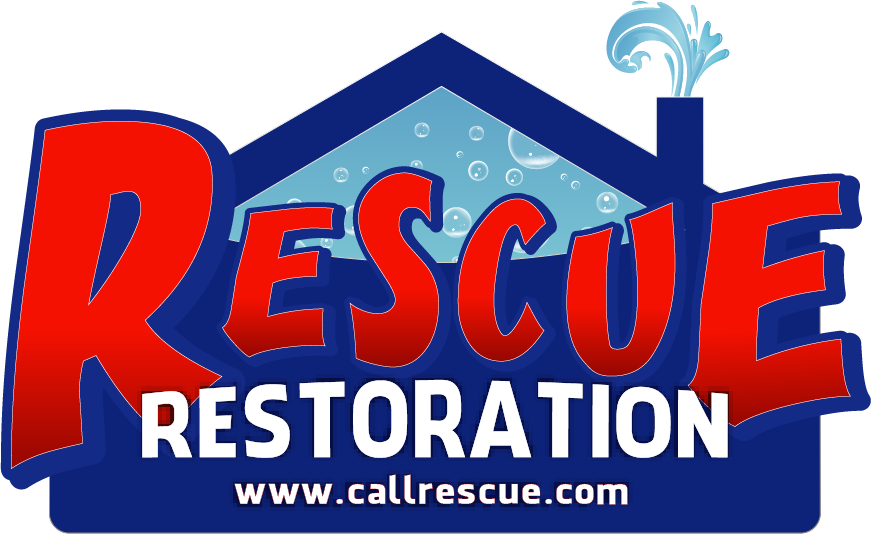How Can I Identify Hidden Water Leaks in My Home?

Hidden water leaks are a homeowner’s nightmare. Left unchecked, they can cause significant damage, lead to costly repairs, and even impact your home’s structural integrity. But how can you spot a leak when it’s out of sight? Don’t worry—with a bit of know-how and some detective work, you can identify and address hidden water leaks before they spiral out of control.
1. Monitor Your Water Bill
One of the easiest ways to detect a hidden water leak is by keeping an eye on your water bill. If you notice an unexplained spike in usage—and you’re sure you haven’t been filling a swimming pool or watering the lawn excessively—it could indicate a leak. Compare your bill month over month to spot any unusual trends.
2. Check Your Water Meter
Your water meter is a powerful tool in the fight against hidden leaks. Here’s a quick test:
- Turn off all water-using appliances and fixtures in your home.
- Check the water meter reading and note it down.
- Wait at least an hour (without using any water), then check the meter again.
If the reading changes, you likely have a leak somewhere in your plumbing system.
3. Look for Signs of Water Damage
Sometimes, leaks leave behind visible clues. Keep an eye out for:
- Stains or discoloration: Brown or yellow stains on walls, ceilings, or floors can indicate water damage.
- Warping or bubbling: Hardwood floors that warp or paint that bubbles may be signs of moisture behind the scenes.
- Mold and mildew: Even without visible water, hidden leaks can create damp conditions that promote mold growth.
4. Listen for Unusual Sounds
Do you hear water running even when everything is turned off? That faint trickling or hissing noise might be a sign of a hidden leak. Take a walk around your home and pay close attention to areas near plumbing fixtures and appliances.
5. Use Your Nose
Hidden leaks often create damp, musty odors. If a room smells off despite regular cleaning and ventilation, it’s worth investigating further. The smell of mildew can be a big red flag.
6. Inspect Outdoor Areas
Leaks aren’t always confined to the inside of your home. Check your outdoor spigots, irrigation systems, and even your water main. Look for soggy patches in your yard, standing water, or unusually lush areas of grass that could indicate an underground leak.
7. Get Professional Help
While some leaks are easy to spot, others require professional tools and expertise. Plumbers use advanced equipment like thermal imaging cameras and acoustic sensors to locate hidden leaks without tearing apart your walls or floors.
Why Act Quickly?
Hidden water leaks can wreak havoc if left untreated. Beyond increasing your water bill, they can:
- Damage drywall, flooring, and structural components of your home.
- Create conditions for mold growth, which can be harmful to your health.
- Lead to expensive repairs if the problem worsens over time.
Dealing with a Hidden Water Leak and the Damage It’s Left Behind? Contact Rescue Restoration in Dallas-Fort Worth, TX!
Identifying hidden water leaks in your home is all about being observant and proactive. By keeping an eye on your water usage, inspecting your home for signs of trouble, and calling in a professional when needed, you can prevent small leaks from becoming big problems. Remember, when it comes to water leaks, the sooner you act, the better!
Do you have a water leak that has left damage behind? Don’t worry. That’s where we come in! We are here for all your water damage restoration needs. Whether you need water removal, structure drying, sewage cleanup or water cleanup form a broken pipe, we’ve got you covered. Contact us today!





